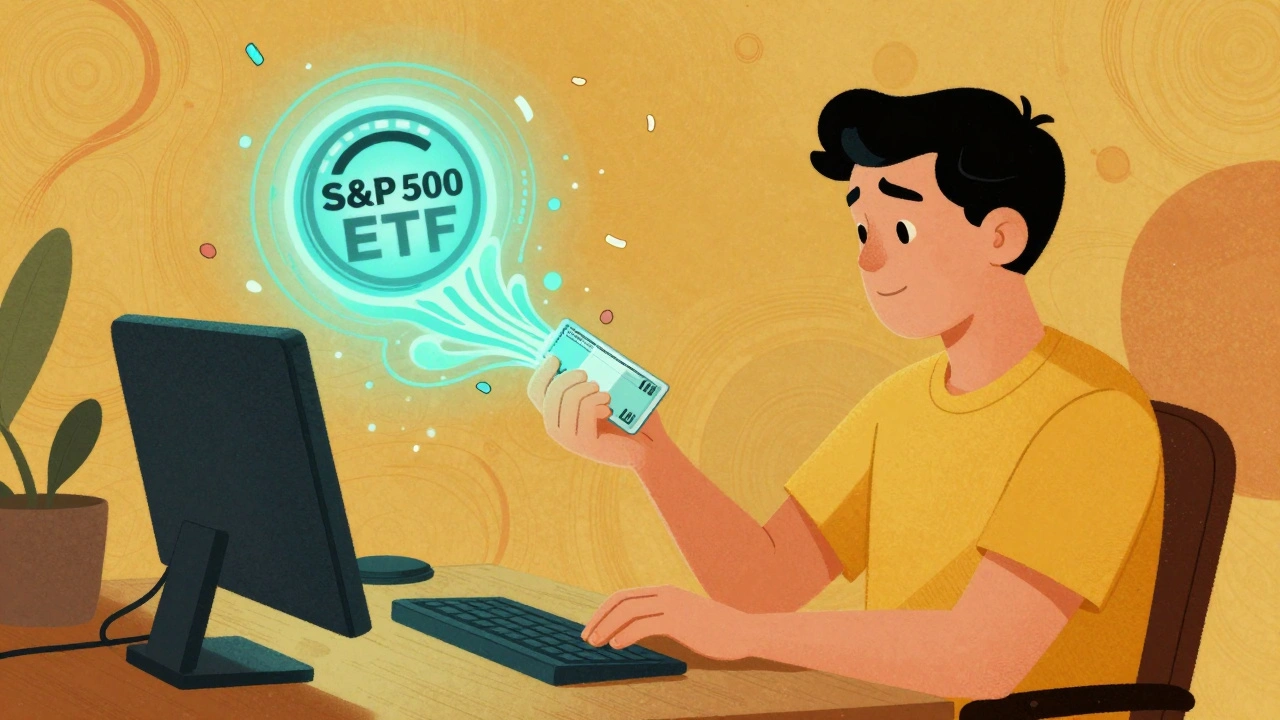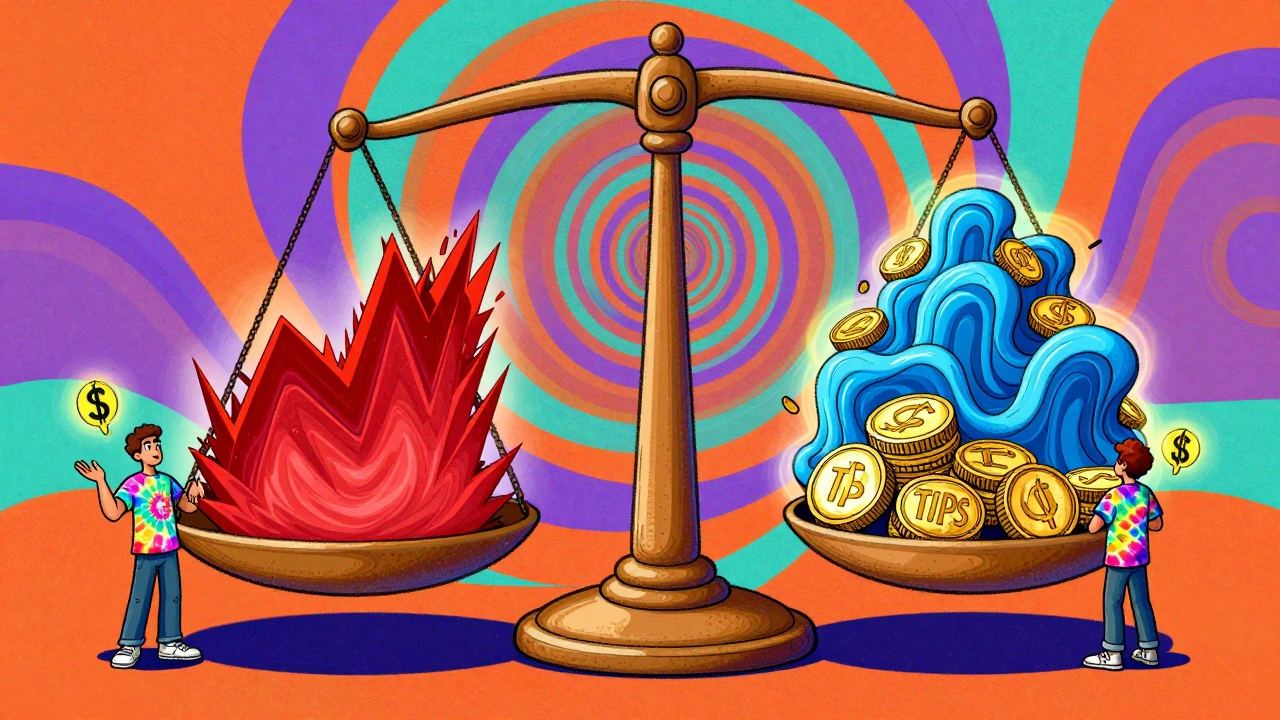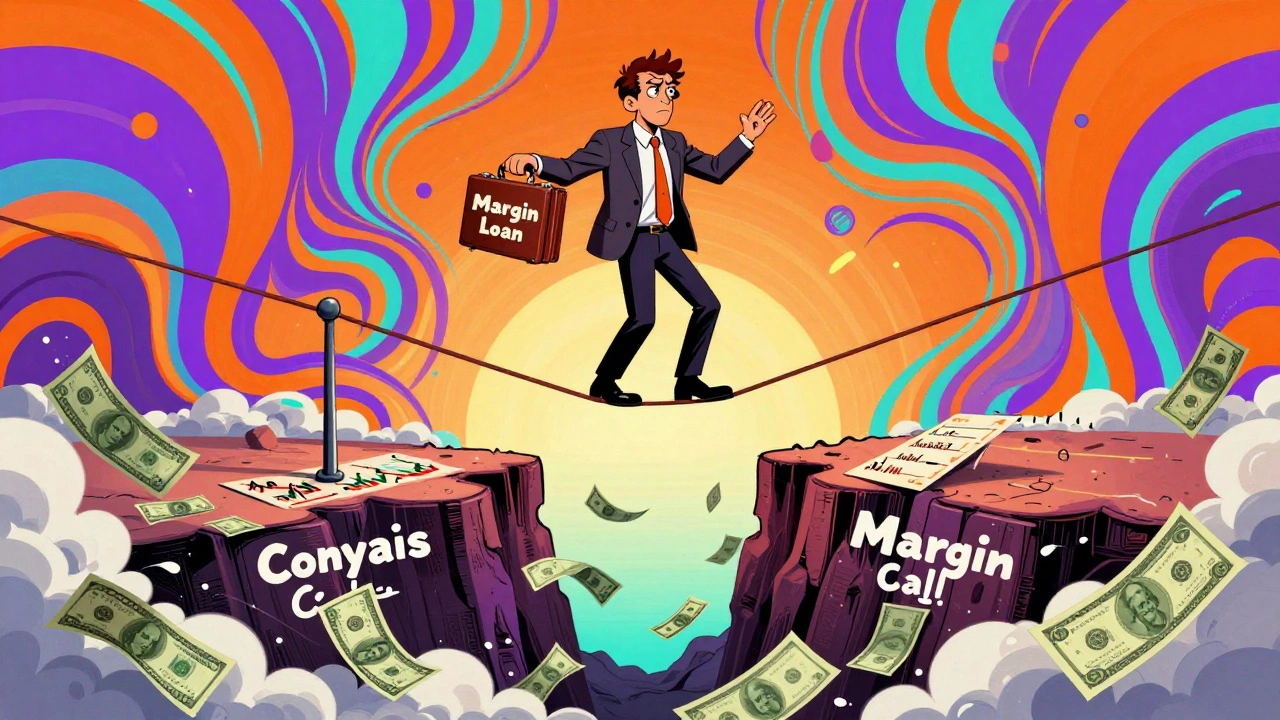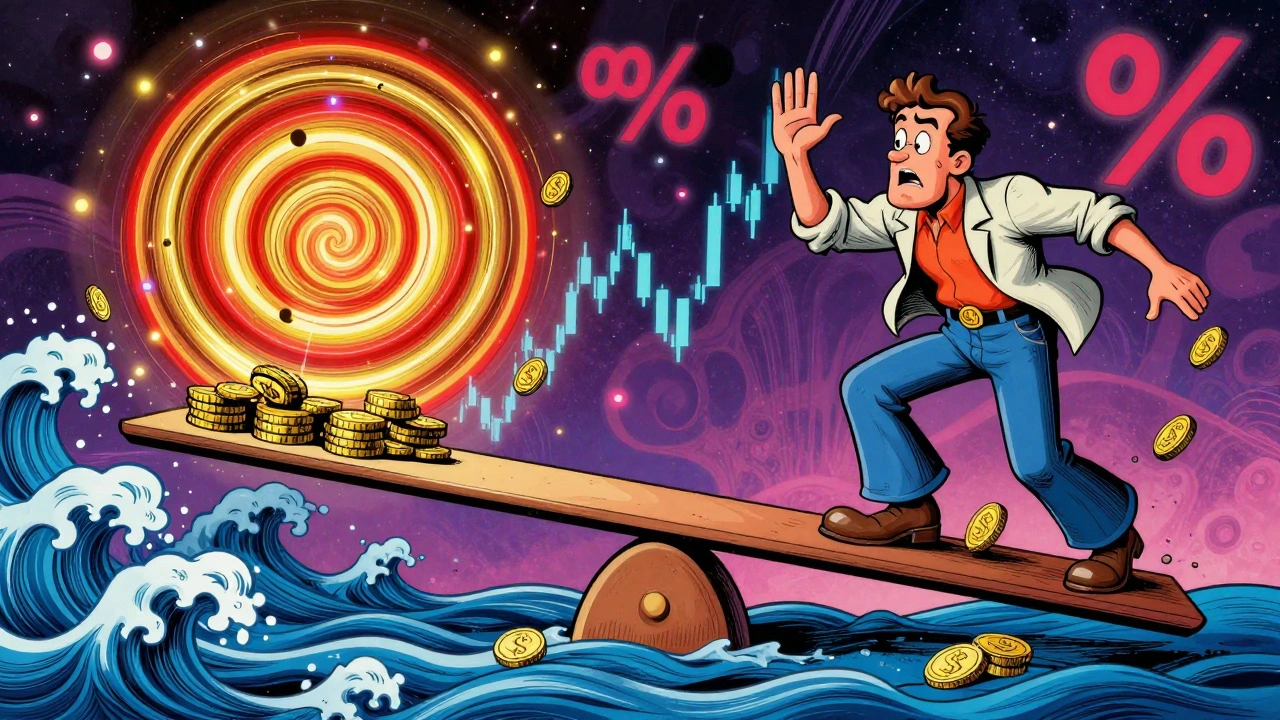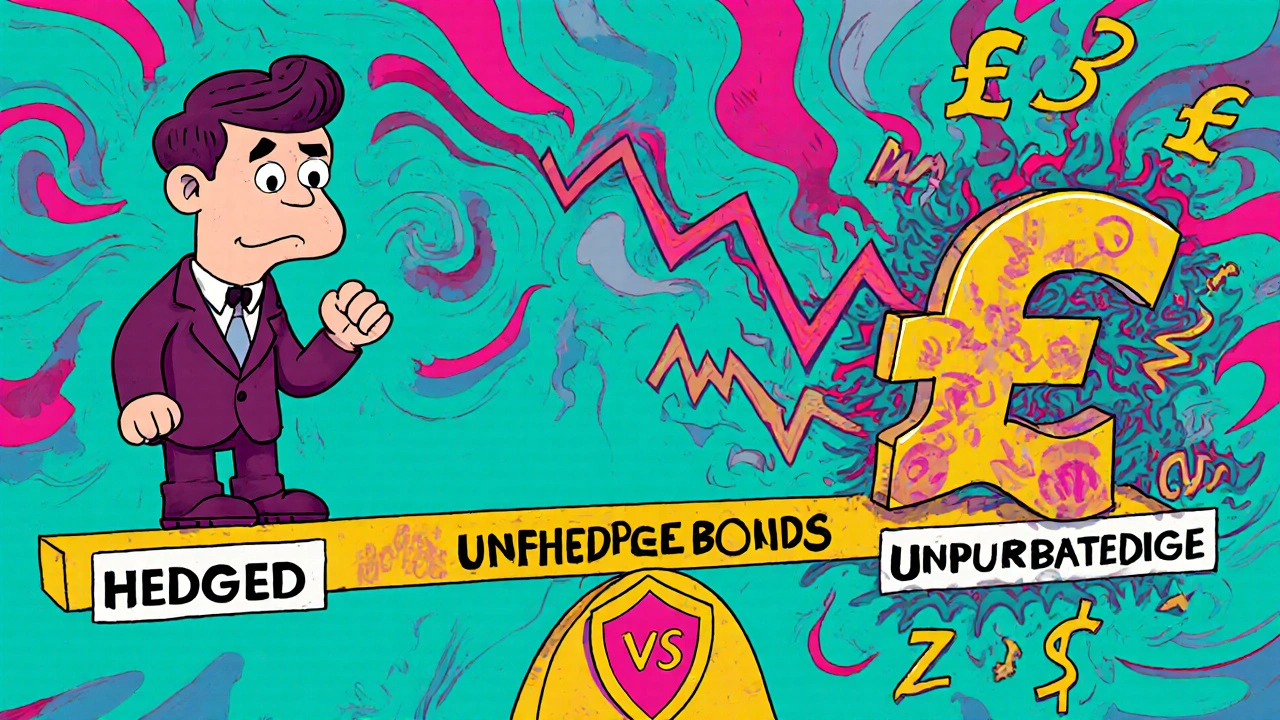Investing: Smart Ways to Grow Your Money Without Guesswork
When you start investing, the act of putting money into assets like stocks, ETFs, or funds with the goal of growing wealth over time. Also known as building a portfolio, it’s not just about picking winners—it’s about staying in control when things go wrong. Too many people think investing is about timing the market. But the real challenge? Keeping your cool when your trading platform, the online system you use to buy and sell investments. Also known as brokerage app, it crashes right when prices are swinging. You’re not alone if you’ve watched your screen freeze during a big earnings report or a market crash. That’s not a glitch—it’s a risk you need to plan for.
Broker outage, a sudden failure in a brokerage’s system that blocks access to trades or account data. Also known as brokerage technical failure, it happens more often than you’d think, especially during high-volume days like Fed announcements or earnings season. These aren’t random events—they’re predictable stress tests. Platforms get overloaded, servers crash, and suddenly you can’t sell a losing position or jump on a rally. That’s why knowing your emergency trading options, backup methods to execute trades when your main platform fails. Also known as alternative trading channels, it matters more than your favorite stock picker. Can you call your broker? Use a desktop site? Access a secondary platform? These aren’t nice-to-haves—they’re your safety net.
Investing isn’t just about returns. It’s about resilience. The same people who track dividend yields and P/E ratios often ignore the most basic question: What if the system breaks? The posts below don’t just explain why platforms fail—they give you real steps to stay in control. From checking your broker’s outage history to setting up text alerts for system status, you’ll find practical fixes that don’t require a finance degree. You’ll also learn which brokers have the worst track records during volatility, and how to spot warning signs before your next trade gets stuck. This isn’t theory. It’s what happens when the market moves, and your app doesn’t.
